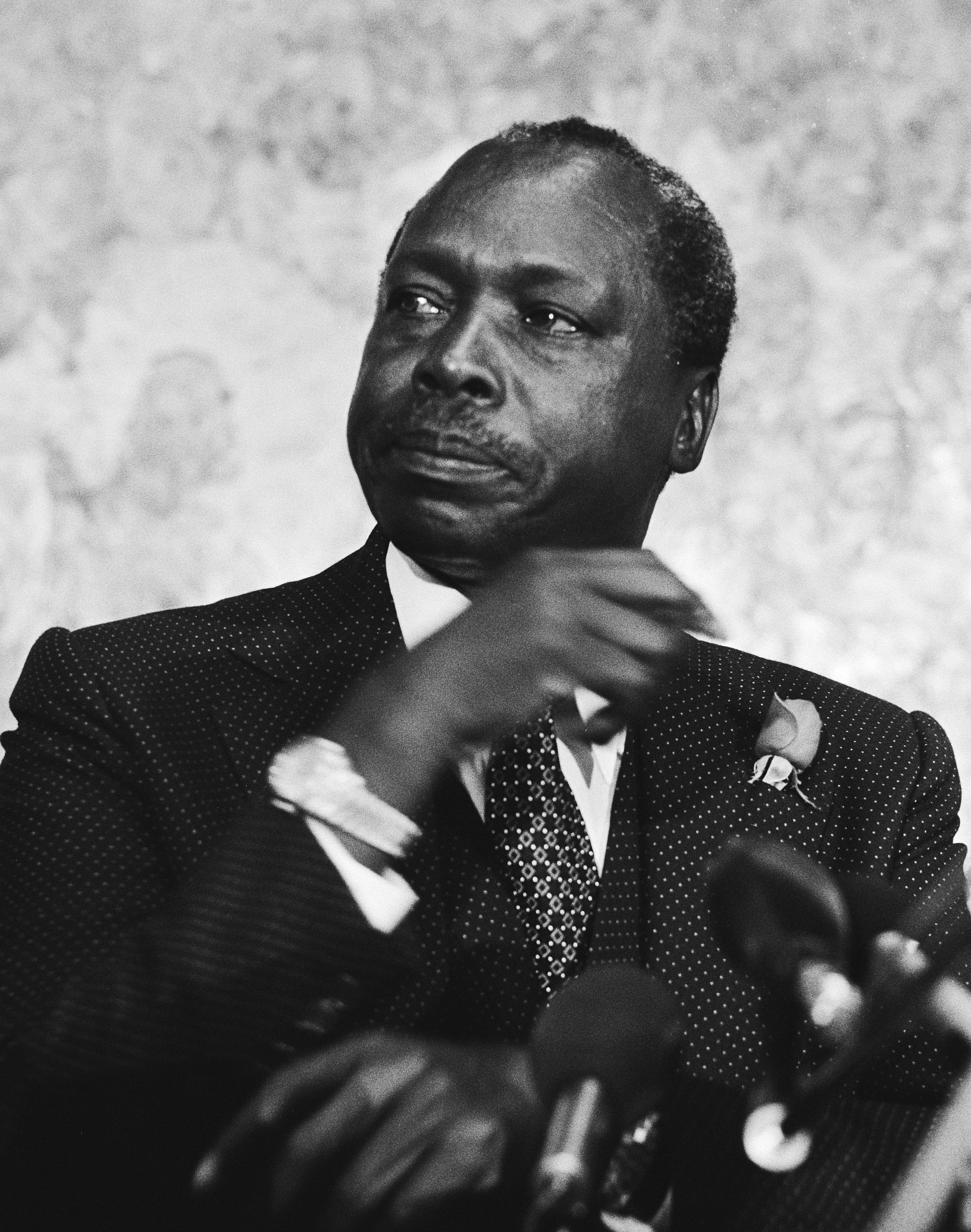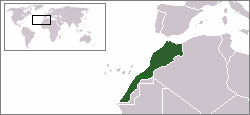|
Truth And Reconciliation Commission
A truth commission, also known as a truth and reconciliation commission or truth and justice commission, is an official body tasked with discovering and revealing past wrongdoing by a government (or, depending on the circumstances, non-state actors also), in the hope of resolving conflict left over from the past. Truth commissions are, under various names, occasionally set up by states emerging from periods of internal unrest, civil war, or dictatorship marked by human rights abuses. In both their truth-seeking and reconciling functions, truth commissions have political implications: they "constantly make choices when they define such basic objectives as truth, reconciliation, justice, memory, reparation, and recognition, and decide how these objectives should be met and whose needs should be served". According to one widely cited definition: "A truth commission (1) is focused on the past, rather than in ongoing events; (2) investigates a pattern of events that took place over a ... [...More Info...] [...Related Items...] OR: [Wikipedia] [Google] [Baidu] |
Museo Memoria Sala DDHH
Museo may refer to: * Museo, 2018 Mexican drama heist film *Museo (Naples Metro) Museo is a station on line 1 of the Naples Metro. It was opened on 5 April 2001 as the eastern terminus of the section of the line between Vanvitelli and Museo. On 27 March 2002 the line was extended to Dante. The station is located between Ma ..., station on line 1 of the Naples Metro * Museo, Seville, neighborhood of Seville, Spain {{disambiguation ... [...More Info...] [...Related Items...] OR: [Wikipedia] [Google] [Baidu] |
Commission Of Truth And Reconciliation (Yugoslavia)
The Commission for Truth and Reconciliation in Yugoslavia was created in March 2001 through a mandate from President Vojislav Kostunica. The Commission was given a time limit of three years to complete its work and submit a report. Kostunica ordered the Commission to outline its own terms as far as the scope of the mandate. The Commission was eventually tasked with investigating the causes of conflicts in the territories of the Former Federal Republic of Yugoslavia. In February 2002, nearly a year after it was announced, the Commission began its work. During the years specified in the Commission's mandate (2001-2004), former President Slobodan Milosevic was standing trial before the International Criminal Tribunal for the Former Yugoslavia (ICTY) on charges of war crimes, crimes against humanity, and genocide. The Commission had planned to fully cooperate with the ICTY and briefly entertained the idea of holding regional hearings throughout the former republic to gather evidence. ... [...More Info...] [...Related Items...] OR: [Wikipedia] [Google] [Baidu] |
Philippines Truth Commission
The Philippine Truth Commission was created to find out the truth about reports of large scale graft and corruption in the previous government; to put a closure to them by the filing of the appropriate cases against those who were involved. Furthermore, to deter others from committing such crimes and to restore the people's faith and confidence in the Government and in their public servants. On July 30, 2010, President Benigno Aquino, III set up the Philippine Truth Commission to find out the truth about reports of large scale graft and corruption in the previous government and to put a closure to them by the filing of the appropriate cases against those who were involved. Furthermore, to prevent others from committing such crimes and to restore the people's faith and confidence in the Government and in their public servants. History Traced back to 2010, from a series of events within the elections, with the issue of massive corruption, in which Benigno Simeon Aquino III formed ... [...More Info...] [...Related Items...] OR: [Wikipedia] [Google] [Baidu] |
Truth Commission (Chad)
The Commission of Inquiry into the Crimes and Misappropriations Committed by Ex-President Habré, His Accomplices and/or Accessories (French: Commission d'Enquête du Ministère Chadien de la Justice sur les Crimes du Régime de Hissène Habré) was established on December 29, 1990, by the President of Chad, Idriss Déby. Its goal was to investigate the "illegal detentions, assassinations, disappearances, torture, mistreatment, other attacks on the physical and mental integrity of persons; plus all violations of human rights, illicit narcotics trafficking and embezzlement of state funds between 1982 and 1990", when former President Hissène Habré was in power.Hayner, Priscilla (2011). ''Unspeakable Truths: Transitional Justice and the Challenge of Truth Commissions''. New York: Routledge. pp. 245–246 It reported on May 7, 1992, describing approximately 40,000 killings and 200,000 cases of torture committed by Habré’s DDS (Directorate of Documentation and Security), and detail ... [...More Info...] [...Related Items...] OR: [Wikipedia] [Google] [Baidu] |
The Truth, Justice And Reconciliation Commission Of Kenya
The Truth, Justice and Reconciliation Commission of Kenya (TJRC) was established in 2008. Kenya’s modern history has been marked not only by liberation struggles but also by ethnic conflicts, semi-despotic regimes, marginalization and political violence, including the coup d'état of 1982, the Shifta War, and the 2007 Post-election violence. The toll of the 2007 Post-election violence included approximately 1,500 deaths, 3,000 rapes, and 300,000 people left internally displaced. The most severe episode of this conflict unfolded over 59 days between Election Day, 27 December 2007 and 28 February 2008. A political compromise was reached that saw the two conflicting parties sign a National Accord, following the mediation efforts by the African Union Panel of Eminent African Personalities chaired by Mr. Kofi Annan. Background Despite the reputation of the Rift valley as the cradle of humanity and positive co-existence, the peoples living there suffered through mass human rights vio ... [...More Info...] [...Related Items...] OR: [Wikipedia] [Google] [Baidu] |
Truth And Reconciliation Commission DRC
The Truth and Reconciliation Commission (french: La Commission de Verité et de la Réconciliation) was a truth commission which ran from July 2003 - February 2007 to investigate and promote national unity as a response to the atrocities committed in the war in the Democratic Republic of Congo between the Congolese army, Congolese rebels, and foreign insurgents. A peace conference called the Inter-Congolese Dialogue was held Pretoria, South Africa on December the 16, 2002, with hundreds of members from Congolese civil society participating in the dialogue. The peace conference brought together the Government of the Democratic Republic of the Congo and the political opposition, the Congolese Rally for Democracy (RCD); the Mai-Mai militia; the Movement for the Liberation of the Congo (MLC); members of civil society; the Congolese Rally for Democracy/Liberation Movement (RDC/ML); and the Congolese Rally for Democracy/National (RCD/N) to find a solution which would promote national ... [...More Info...] [...Related Items...] OR: [Wikipedia] [Google] [Baidu] |
Truth Commission For El Salvador
The Truth Commission for El Salvador ( es, Comisión de la Verdad para El Salvador) was a restorative justice truth commission approved by the United Nations to investigate the grave wrongdoings that occurred throughout the country's twelve year civil war. It is estimated that 1.4 percent of the Salvadoran population was killed during the war. The commission operated from July 1992 until March 1993, when its findings were published in the final report, ''From Madness to Hope''. The eight-month period heard from over 2,000 witness testimonies and compiled information from an additional 20,000 witness statements. In December 1991, preliminary talks began between the Salvadoran government and the leftist guerrilla militia, the Farabundo Marti National Liberation Front (FMLN), with UN secretary-general Javier Pérez de Cuéllar overseeing the negotiations. The agreement was finalized and signed by both parties on 16 January 1992, at what is known as the Chapultepec Peace Agreemen ... [...More Info...] [...Related Items...] OR: [Wikipedia] [Google] [Baidu] |
Crimes Against Humanity
Crimes against humanity are widespread or systemic acts committed by or on behalf of a ''de facto'' authority, usually a state, that grossly violate human rights. Unlike war crimes, crimes against humanity do not have to take place within the context of war, and apply to widespread practices rather than acts committed by individuals. Although crimes against humanity apply to acts committed by or on behalf of authorities, they need not be official policy, and require only tolerance rather than explicit approval. The first prosecution for crimes against humanity took place at the Nuremberg trials. Initially being considered for legal use, widely in international law, following the Holocaust a global standard of human rights was articulated in the Universal Declaration of Human Rights (1948). Political groups or states that violate or incite violation of human rights norms, as found in the Declaration, are an expression of the political pathologies associated with crimes against ... [...More Info...] [...Related Items...] OR: [Wikipedia] [Google] [Baidu] |
Reconciliation (ethnic Relations)
Race relations is a sociological concept that emerged in Chicago in connection with the work of sociologist Robert E. Park and the Chicago race riot of 1919. Race relations designates a paradigm or field in sociology and a legal concept in the United Kingdom. As a sociological field, race relations attempts to explain how racial groups relate to each other, and in particular to give an explanation of violence connected to race. The paradigm of race relations was critiqued by its own practitioners for its failure to predict the anti-racist struggles of the 1960s. The paradigm has also been criticized as overlooking the power differential between races, implying that the source of violence is disharmony rather than racist power structures. Critics of the term "race relations" have called it a euphemism for white supremacy or racism. In spite of the controversial or discredited status of the race relations paradigm, the term is sometimes used in a generic way to designate matters ... [...More Info...] [...Related Items...] OR: [Wikipedia] [Google] [Baidu] |
Morocco's Equity And Reconciliation Commission
The Equity and Reconciliation Commission ( ar, هيئة الإنصاف والمصالحة; - IER) is a Moroccan human rights and truth commission created on January 7, 2004, when King Mohammed VI signed a '' Dahir'' (royal decree). The commission was established to reconcile victims of human rights abuses, such as torture, forced disappearances and arbitrary arrests, committed by the government and high-ranking officials during the Years of Lead, with the State. The commission investigates events from 1956 to 1999, spanning the reign of the two previous monarchs. The proclaimed objectives of the commission were the protection and the promotion of the human rights in Morocco. The IER operated under a two-year mandate from 2004 to 2006 with a president and 16 commissioners, half of them from CCDH. The committee investigated approximately 20,000 cases, resulting in a number of recommendations to the state including: reparations (financial, psychological, medical and social), m ... [...More Info...] [...Related Items...] OR: [Wikipedia] [Google] [Baidu] |
Monument
A monument is a type of structure that was explicitly created to commemorate a person or event, or which has become relevant to a social group as a part of their remembrance of historic times or cultural heritage, due to its artistic, historical, political, technical or architectural importance. Some of the first monuments were dolmens or menhirs, megalithic constructions built for religious or funerary purposes. Examples of monuments include statues, (war) memorials, historical buildings, archaeological sites, and cultural assets. If there is a public interest in its preservation, a monument can for example be listed as a UNESCO World Heritage Site. Etymology It is believed that the origin of the word "monument" comes from the Greek ''mnemosynon'' and the Latin ''moneo'', ''monere'', which means 'to remind', 'to advise' or 'to warn', however, it is also believed that the word monument originates from an Albanian word 'mani men' which in Albanian language means 'rememb ... [...More Info...] [...Related Items...] OR: [Wikipedia] [Google] [Baidu] |

.png)


